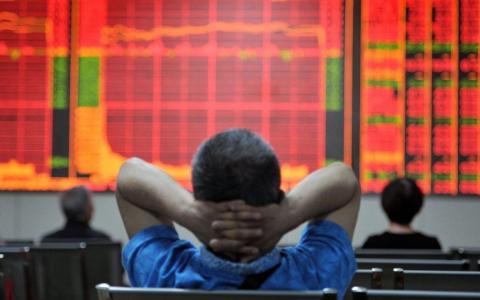
(Business Insider) It was unthinkable a little over a month ago: Legions of Wall Street traders navigating the most chaotic market in their lifetimes from the comfort of their living rooms.
With the spread of the novel coronavirus and increasing restrictions from governments to enforce social distancing, they're doing exactly that. Wall Street firms — which only weeks before were reluctant to encourage trading from home for security and compliance reasons — migrated most of their markets operations to remote work in March.
Financial giants have long had plans in place to keep operations running in the event of a terrorist attack like 9/11 or a natural disaster, like Hurricane Sandy. But those largely focused on moving key personnel to backup sites.
"Trading from home has never been done," a trading at executive at one of the biggest banks told Business Insider, referring to the company's business continuity plans. "It was not part of our playbook."
That's because trading remotely comes with disadvantages and headaches. Some are tangible, while others are harder to grasp for the uninitiated. We spoke with more than a dozen insiders to learn exactly how banks are tackling the massive undertaking, and which qualities of a trading floor are hardest to replicate from home.
Citi's North American markets division started to test-drive WFH capabilities for traders the first week of March, sources familiar with the preparations told Business Insider.
And Goldman Sachs is trying to approximate being in the same room with colleagues by exploring special videoconferencing setups, according to Atte Lahtiranta, the firm's chief technology officer. The setup would have specially arranged cameras and large dedicated screens, and run all day so that traders could seamlessly stay in visual contact with colleagues. Some are already using Zoom in this way, he said.



